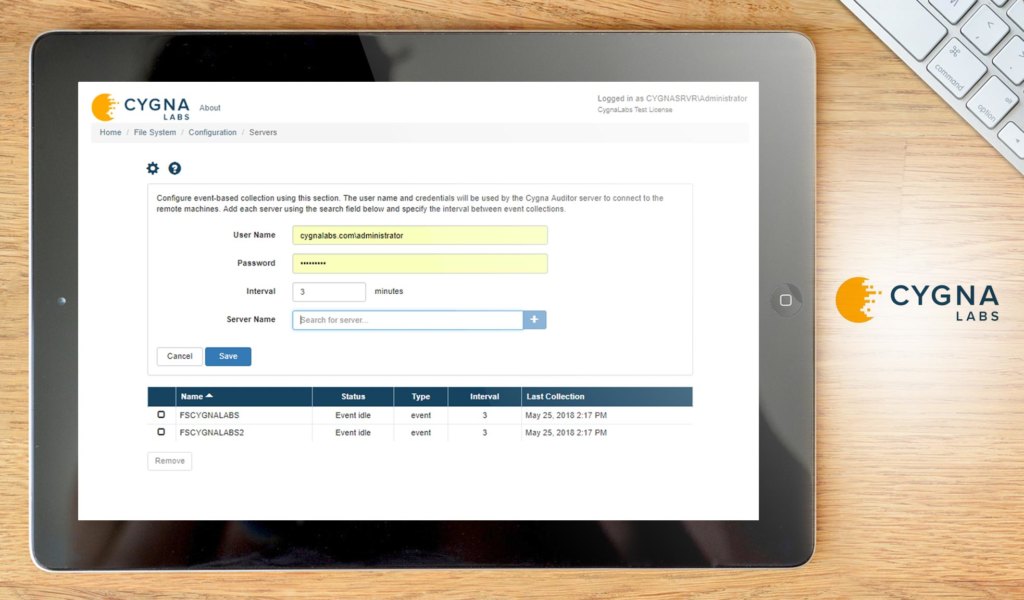
The most important thing when it comes to TV ratings is the audience. A greater audience means that there are more commercials. However, the number of viewers is not a guarantor of the quality of a show. When judging a TV program, there are many other factors that you should consider, such as the show's genre, rating, and presentation quality.
Nielsen is a prominent provider of statistical sampling and television audience measurement. Nielsen employs panels of panelists who include household members to measure TV viewing habits. This information is shared with television networks and advertisers. They can help determine the best day and time to air a show. They can also measure how often a particular show is watched, and how long it is watched for.
Nielsen uses statistical sampling in order to estimate its audience. It does not attempt to estimate how many viewers are using every digital antenna and cable box in the country. It uses a representative sample, which is usually a group consisting of approximately 20,000 households. Occasionally, it conducts special tests to ensure its accuracy.

The audience is an important factor in getting a TV show off to a good start. But, it's not the only thing that matters. This is because a higher rating gives a network a better chance of recouping their investment in the programming. Additionally, higher ratings can mean more ad income. Producing a show with a good rating is the best way to get in the door.
The Big Bang Theory, for example, is a great example of a show that receives a high rating. TBS's production company makes a lot off this sitcom. Other shows that have been successful include ABC's The Office and Fox's Felicity.
The NCAA gymnastics championships are another notable example. They have reached a new viewing height. It is a small feat, but NBC's Sunday games are among the top three in prime time among women 18-34. Despite the popularity of basketball and hockey, NBC had a streak of six games last season with fewer than one million viewers.
TV is an entertainment medium that is well-loved. In the United States, for example, there are 121,000,000 homes equipped with televisions. Nielsen reports that 60% of the broadcast audience is female. Their purchasing power is more than half of all consumer sales. Networks are constantly looking for shows that will boost their ratings.

As with any other industry, the competition for viewers is stiff. However, there have been a few shows who have done the opposite to their viewers. This includes the Wild-Blues which saw its ratings jump from 0.43 percent to 0.41 percent. ABC's Hockey Saturday on the other hand has seen record numbers. This show has been in existence for seven consecutive seasons.